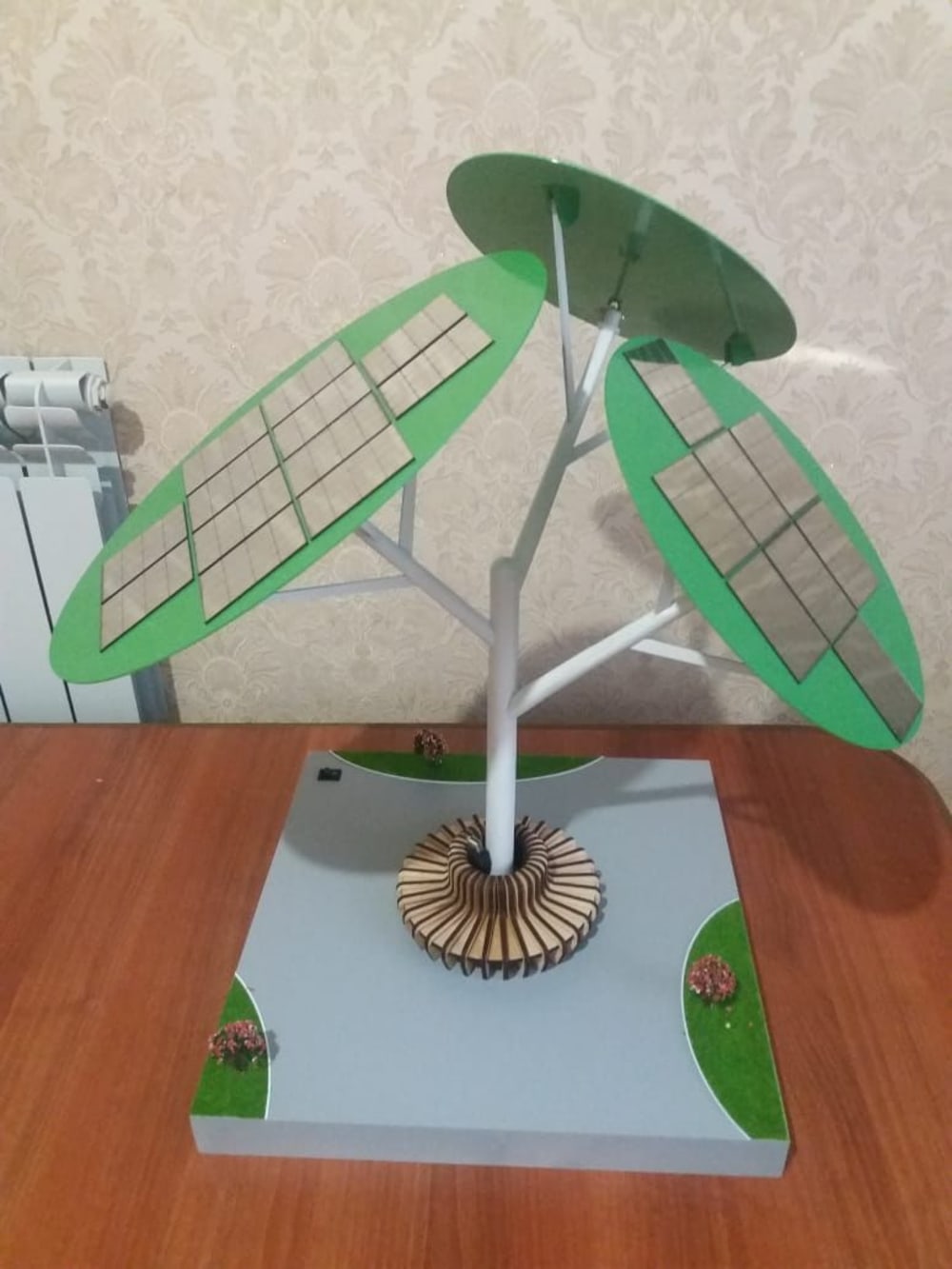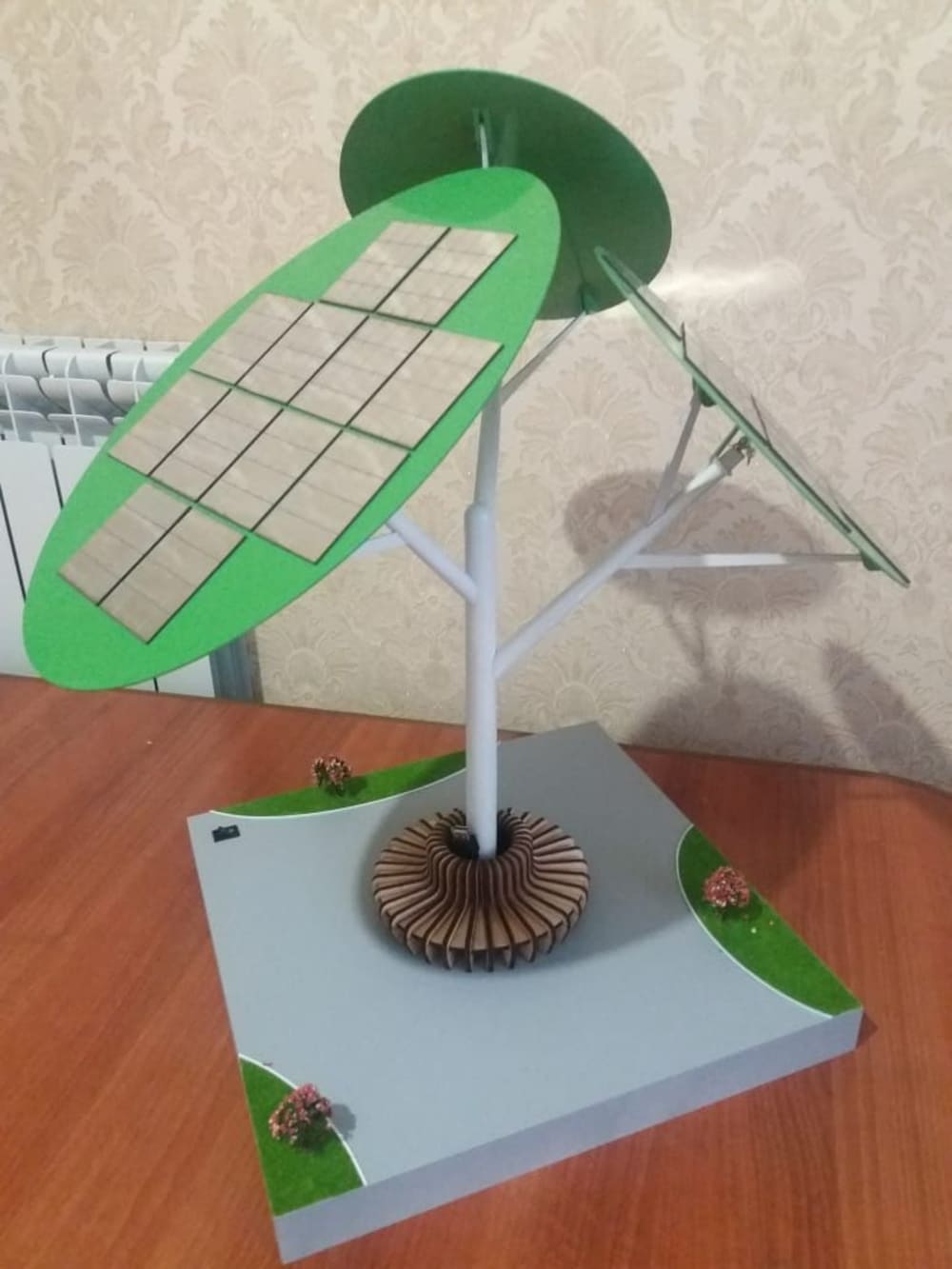Air pollution has become one of the biggest environmental health risks in the world.
Air quality has a direct impact not only on the well-being of a person, but also on life expectancy. The World Health Organization's Health Bulletin states that 3.8 million premature deaths, including stroke, coronary heart disease, chronic obstructive pulmonary disease (COPD) and lung cancer, are attributable to exposure to air pollution.
In most cities of the world, the air is heavy. What it is clogged with cannot be felt in the palm of your hand, not seen with the eye. However, our health feels it to the fullest. Especially when you consider that sources of air pollution such as motor vehicles and industrial events are only increasing every year.
Realizing the gravity of our situation, I wondered what I could do to help solve this problem. In 10th grade, I wanted to study the problem of air pollution in more depth.
During the research, I came to the conclusion that the air can be effectively cleaned using a system of mechanical filters. And I decided to combine the filter system with the tree model and called it “Artificial Eco-Tree.” First I did the job of modeling this tree in Fusion 360, then I changed its model a bit. This eco-tree contains solar panels for autonomous operation, LED street lights and an air purification system. The inlet openings suck in polluted air with the help of fans, which passes through a system of filters located inside the tree structure. The purified air is released through holes in the tree trunk located below.
An enlarged model of the filter system was designed for conducting experimental studies. The system consisted of several fans, an Arduino microcontroller that reads the amount of harmful particles, an air control sensor and 3 types of mechanical filters such as: Carbon filter - filters not only dust and dirt, but also gases that saturated the air, HEPA filters - filters with high particle settling efficiency and Sponge filters - for fine air purification.
As a result, experimenting on the model, I was able to measure the number of smoke particles in a given volume of air (13 dm3). Within 20 minutes, the amount of harmful particles was reduced by 32%. This means that if we create a large-scale model of a tree with more powerful fans, then we can get a greater effect from only one tree.
The world is changing. Even despite the external well-being of some neighborhoods, in fact, we breathe polluted and dangerous air. We all know about this problem, but not all of us try to solve it. Perhaps my solution will someday help make our air cleaner. But most importantly, I urge everyone to act and try to find ways to create clean air zones not only in the cities of Kazakhstan, but throughout the world.
Like this entry?
-
About the Entrant
- Name:Yessengai Makhanov
- Type of entry:individual
- Software used for this entry:Fusion 360,Wanhao i3 Duplicator Version 2
- Patent status:patented





